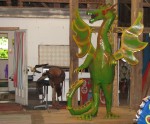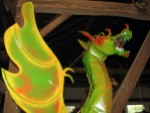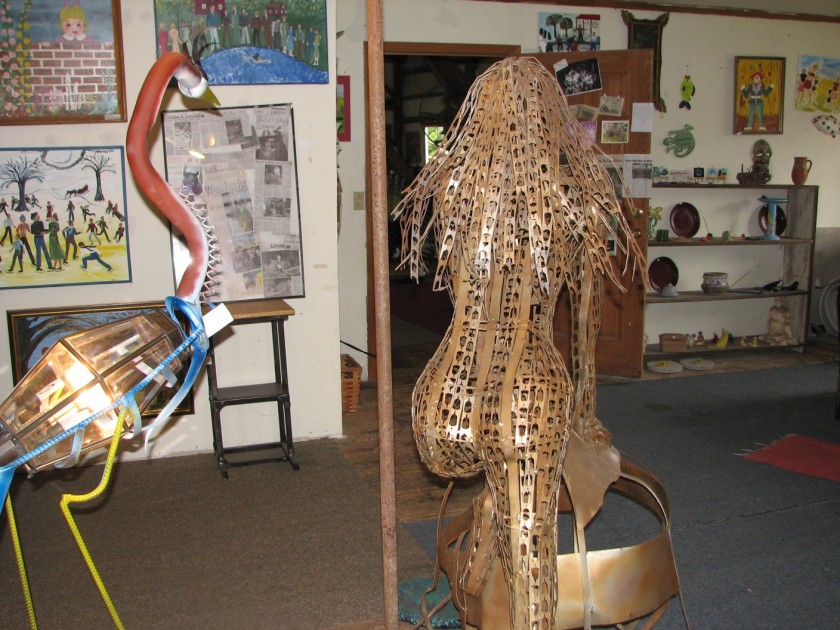I’m outraged.
It’s vital to my sense of well-being that I feel safe. I grew up in Cazenovia, one of upstate New York’s beautiful small villages. No one locked their doors and crime was of the DWI and who-got-stopped-for-speeding variety.
I roam the streets of every place I’ve ever lived in. Uwe and I travel to exotic spots and go exploring with glee. We’re not foolish. You can’t go into situations where you don’t speak the language without being careful and keeping your radar up. We always do our homework before going.
But lately the world feels like a strange, strange place. ISIS openly auctions sex slaves on the Internet. Mothers, daughters, and little girls get ranked by age and attractiveness. On New Year’s Eve in Köln, Germany, one thousand North African men gathered at the main train station for coordinated robbery, sexual assault and in some cases rape. Over 500 women filed police reports. [1]
What does this mean for women? While the police aren’t reporting higher crime statistics overall, the danger is that people will become scared to leave their homes. We’ll alter our habits and our style of life out of fear.
About this time, Claire Deromelaere asked me to take part in a production of Eve Ensler’s “The Vagina Monologues”. The play depicts women talking about sex and sexuality. Further, it raises funds for V-Day, a global activist movement to end violence against women and girls.
Claire is one very cool lady. I met her when I joined the Writers in Stuttgart. When she got up to read at our public readings, Claire owned the stage.
Her presence amazes me. Claire is poised and expressive, and her voice projects. She captivates an audience.
I have a beginner’s ego as a writer/reader. I can only get better; there’s nowhere to go but up. I was terrified at first by public readings. I wanted to read like Claire. I studied her, listening and watching. I talked to her about how to be confident (or at least less terrified) on stage.
It was probably inevitable that she got involved in language as performance. Claire left the writers’ group for NEAT, the New English American Theater. “The Vagina Monologues” is her first play as director.
So I’m getting renewed instruction on how to be a better reader from one of my role models. I’m involved in a positive, powerful response to the hate and violence directed at women and children. And I have met an outrageous, wonderful cast of women of all ages and backgrounds, united in the belief that art can change the world. Eve Ensler says it best:
- Art has the power to transform thinking and inspire people to act
- Lasting social and cultural change is spread by ordinary people doing extraordinary things
- Local women best know what their communities need and can become unstoppable leaders
- One must look at the intersection of race, class, and gender to understand violence against women [3]
I’ll come back to this topic in future posts.
© Jadi Campbell 2016.
NOTES: [1] I want to add that in the days after these attacks, some North African men held up signs in public squares in protest, saying the assaults in no way represent how the majority of foreigners living in Germany regard women.
[2] Click here to read about Stuttgart’s NEAT production of “The Vagina Monologues”: http://neatstuttgart.com/2016/02/05/tvm-opening/
[3] To learn more about how this powerful play is making a positive change in the world:
vday.org and https://en.wikipedia.org/wiki/The Vagina_Monologues
























